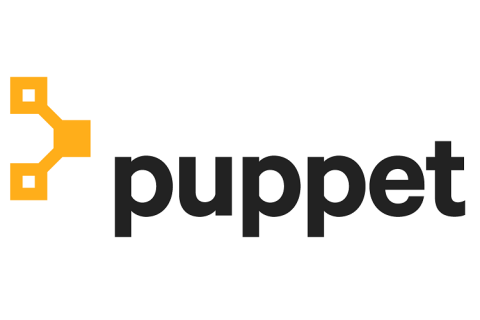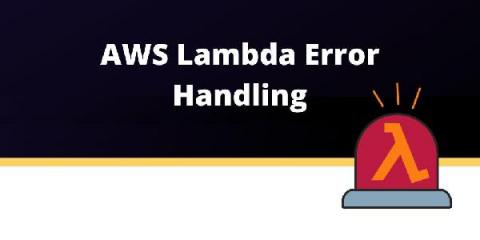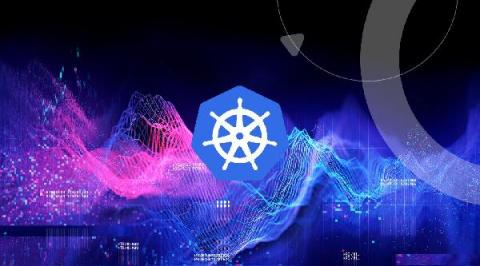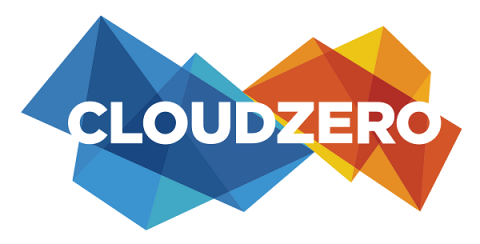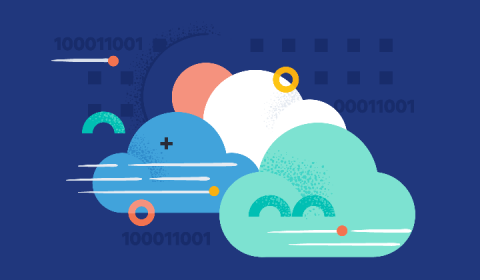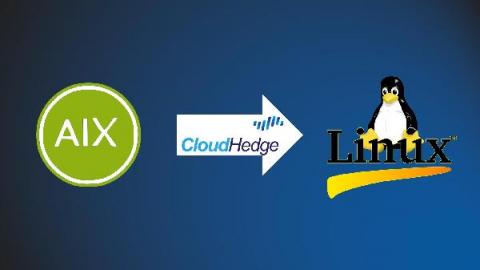Save Time and Money by Automatically Deleting Unused Azure Load Balancers
Using the cloud reduces on-premises infrastructure costs and related maintenance. Instead of deploying more servers, storage, and networking components to your own datacenter, you are now deploying these as cloud resources. Using the cloud is supposed to reduce infrastructure and maintenance costs. However, deploying cloud resources also risks over-commissioning, under-usage, and keeping resources running that are not always needed or, even worse, no longer in use.


